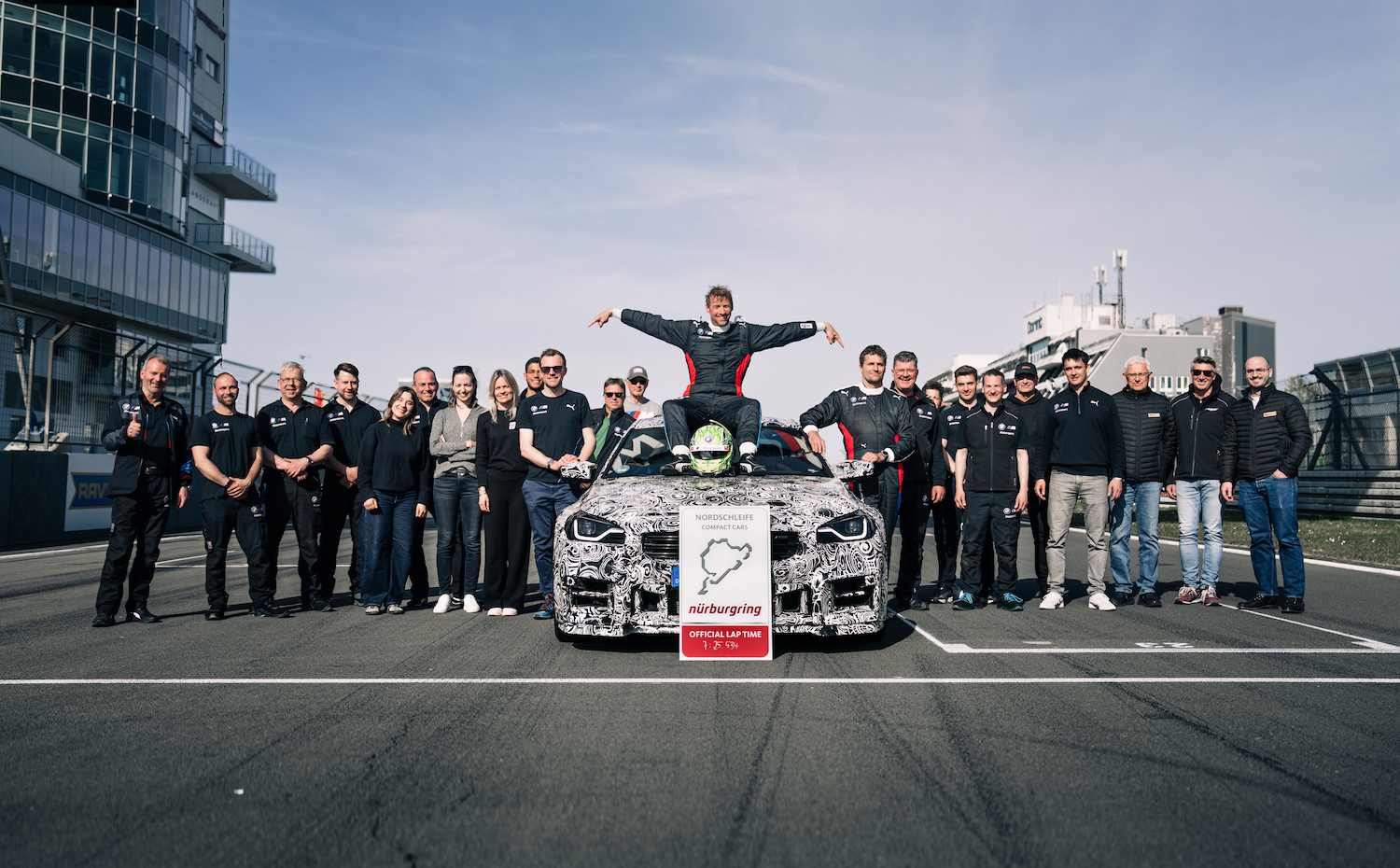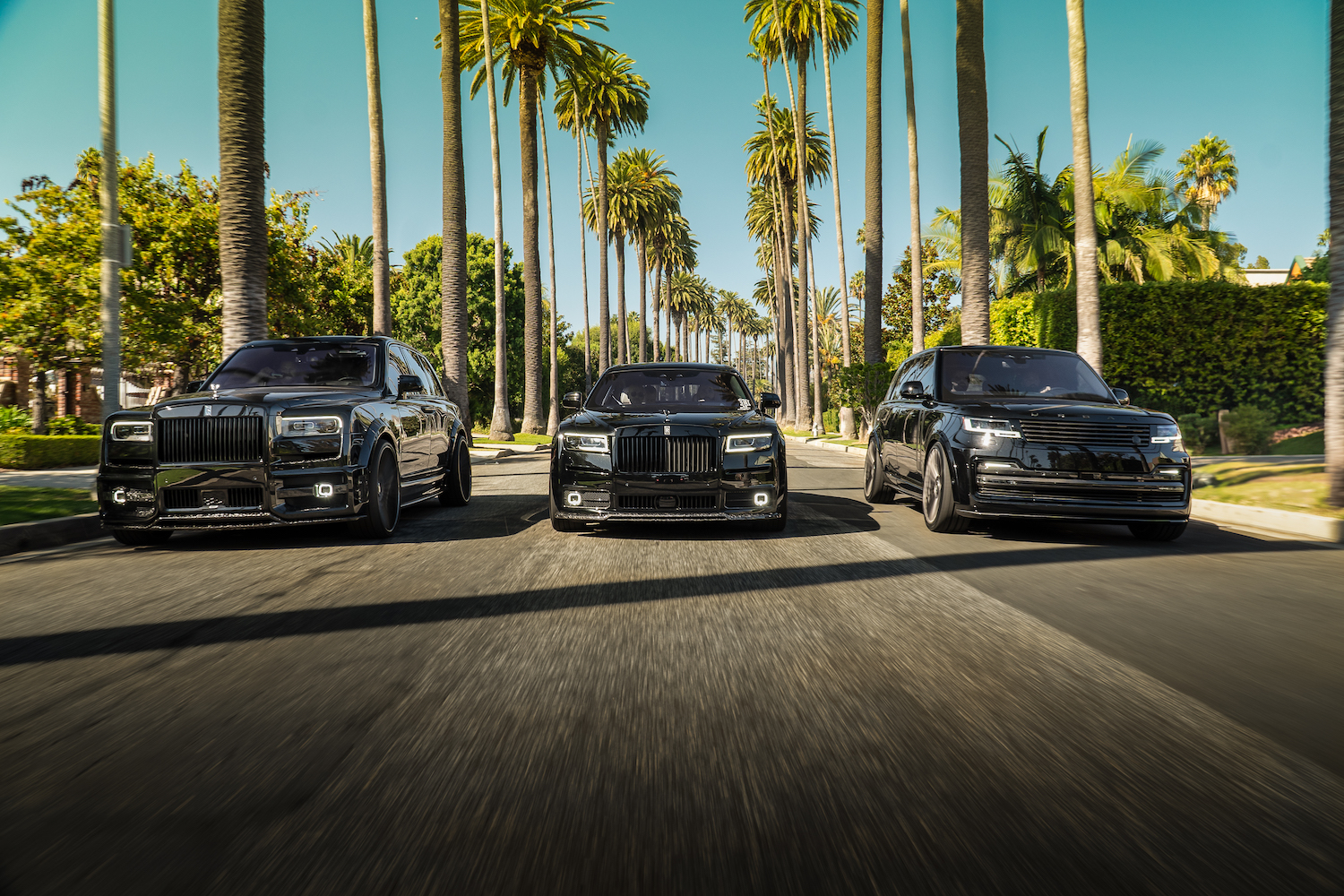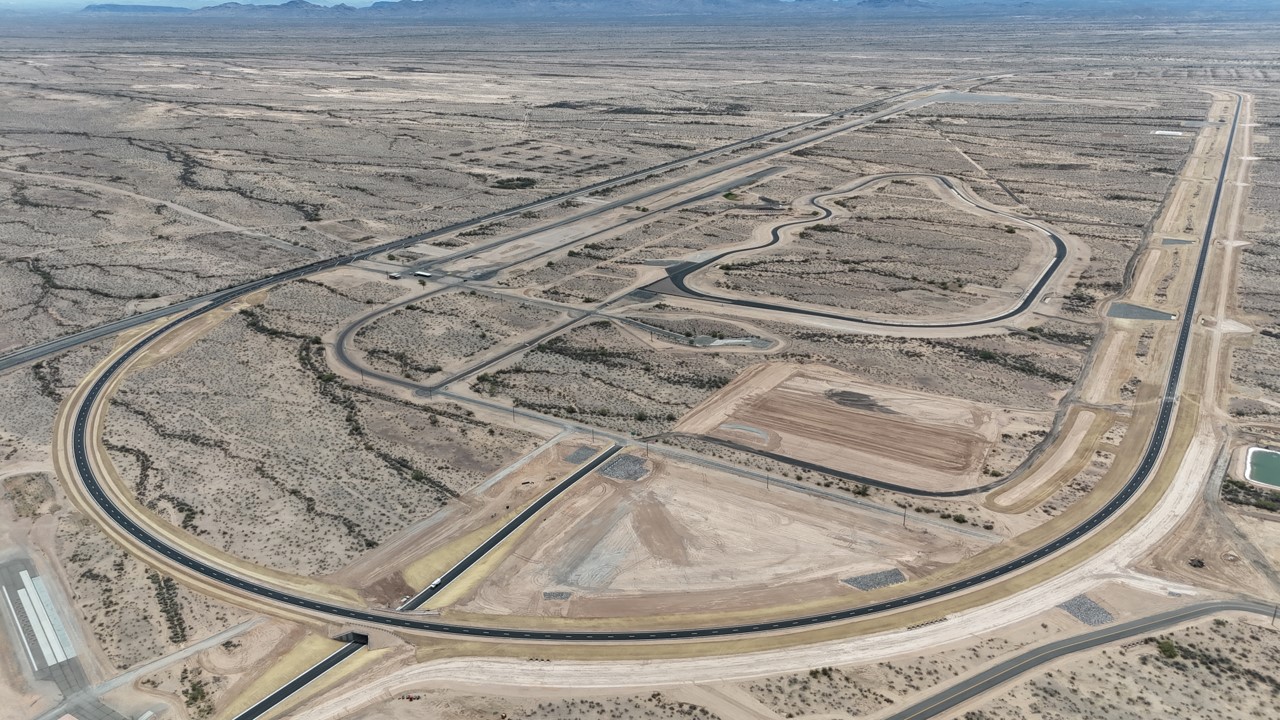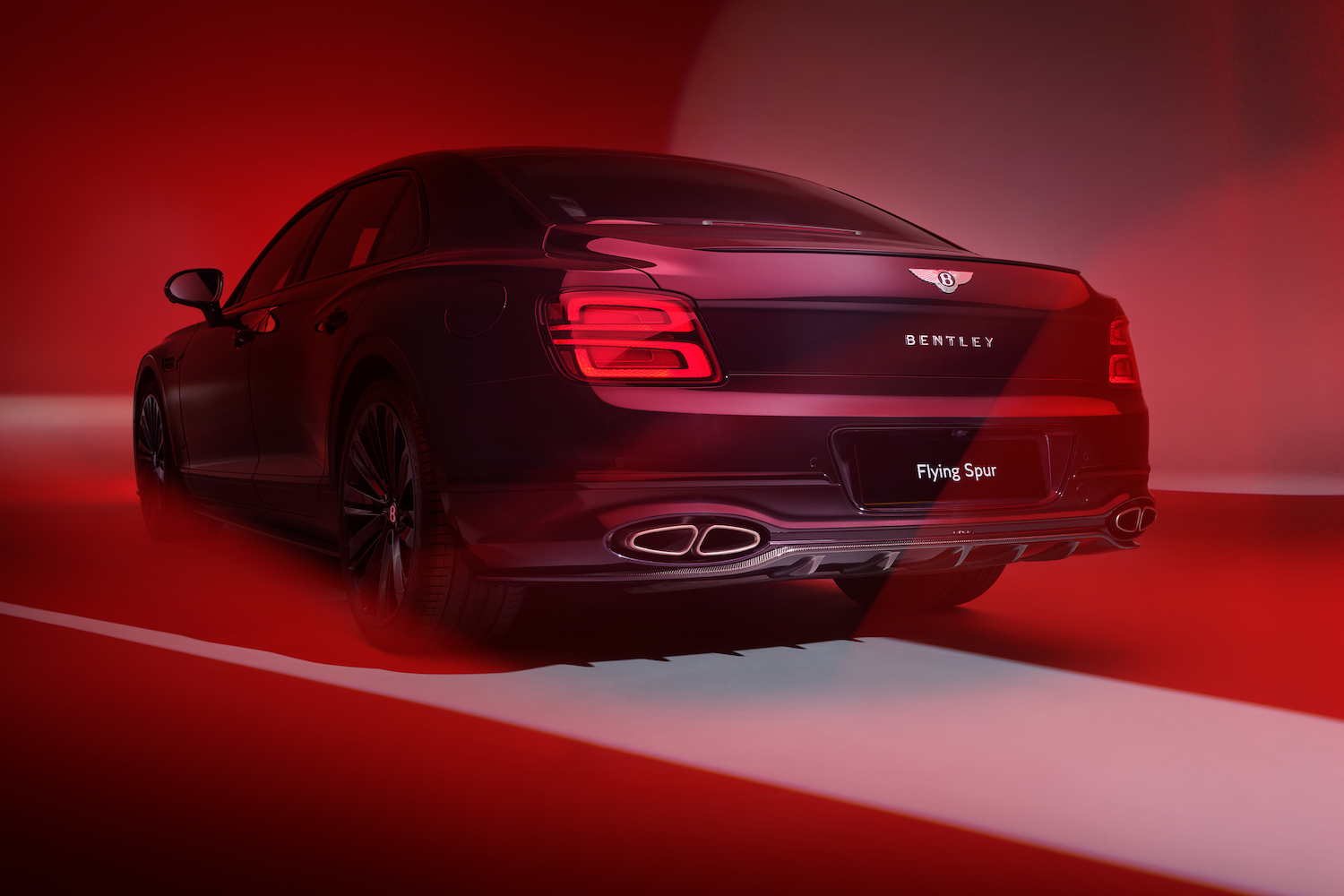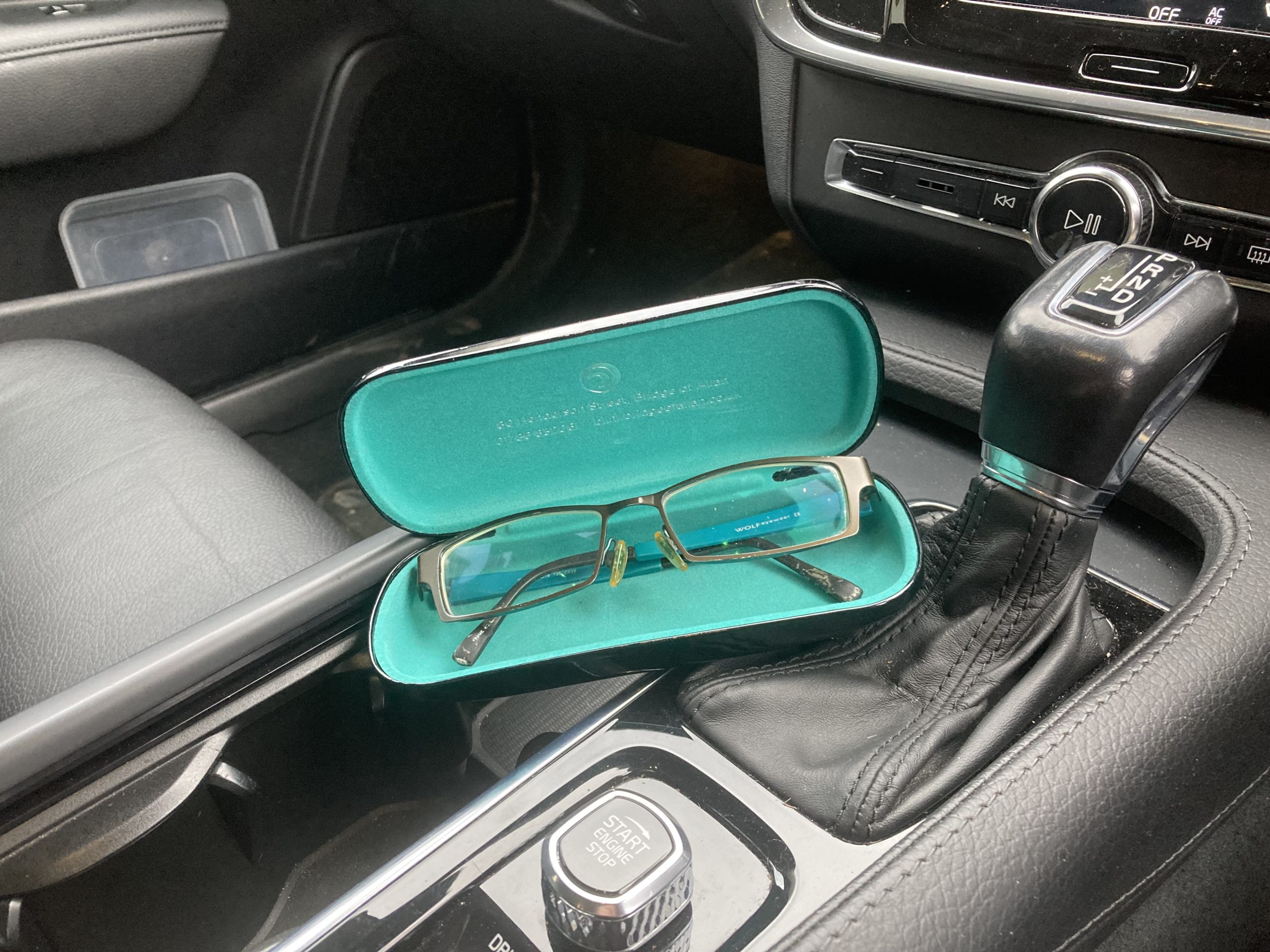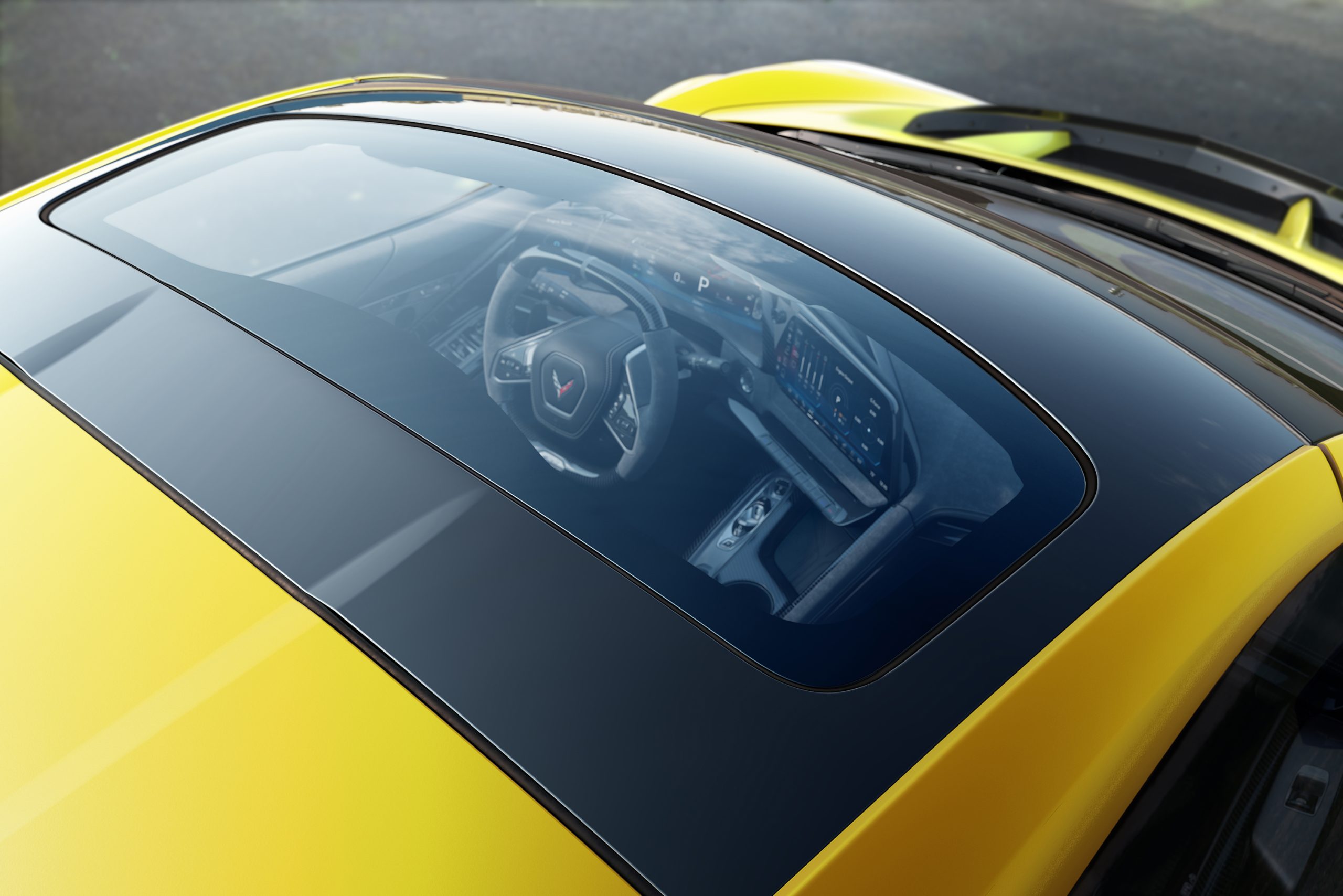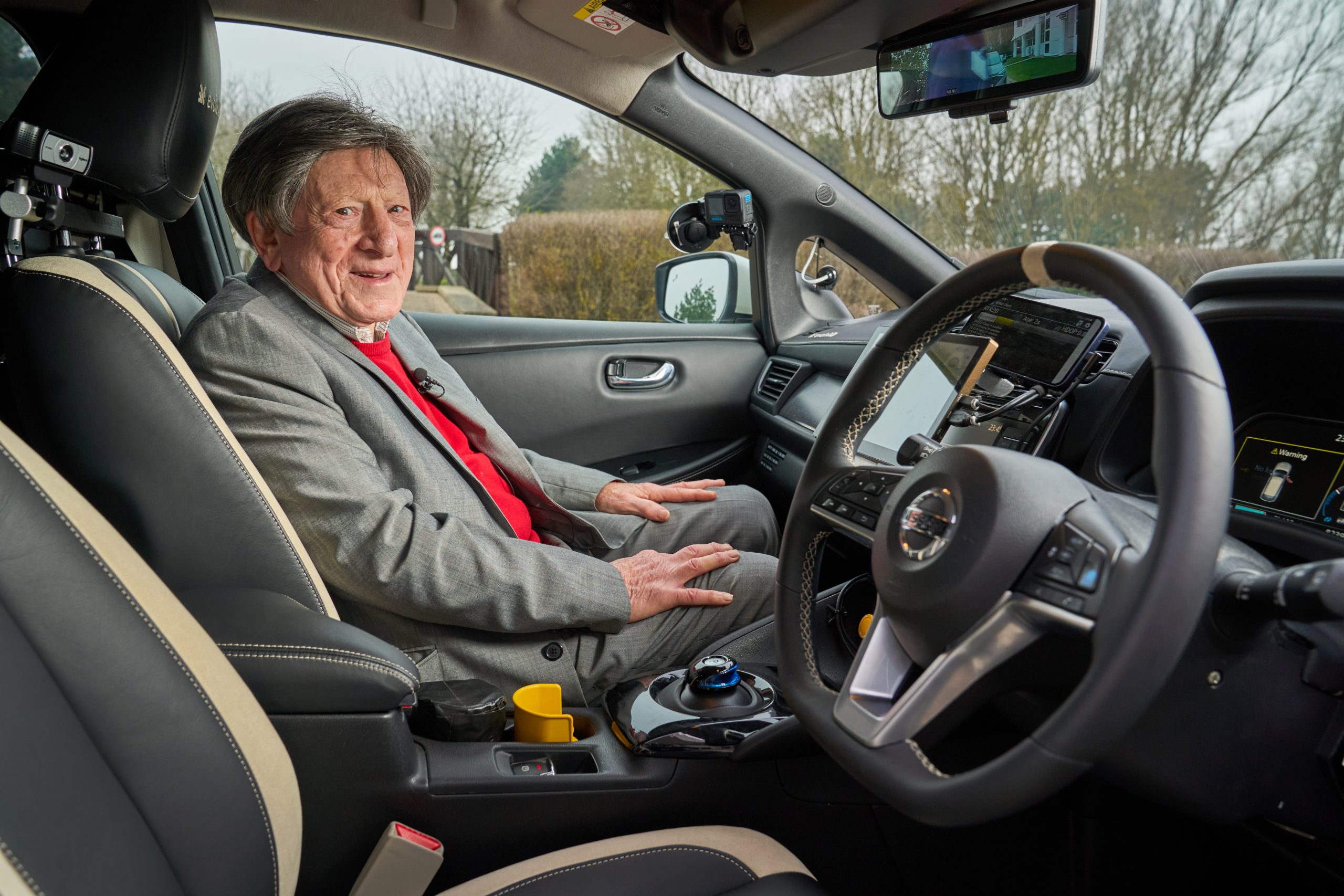Kia EV3: more sustainable electric mobility, world-first technology, efficiency focussed [Photo Gallery]
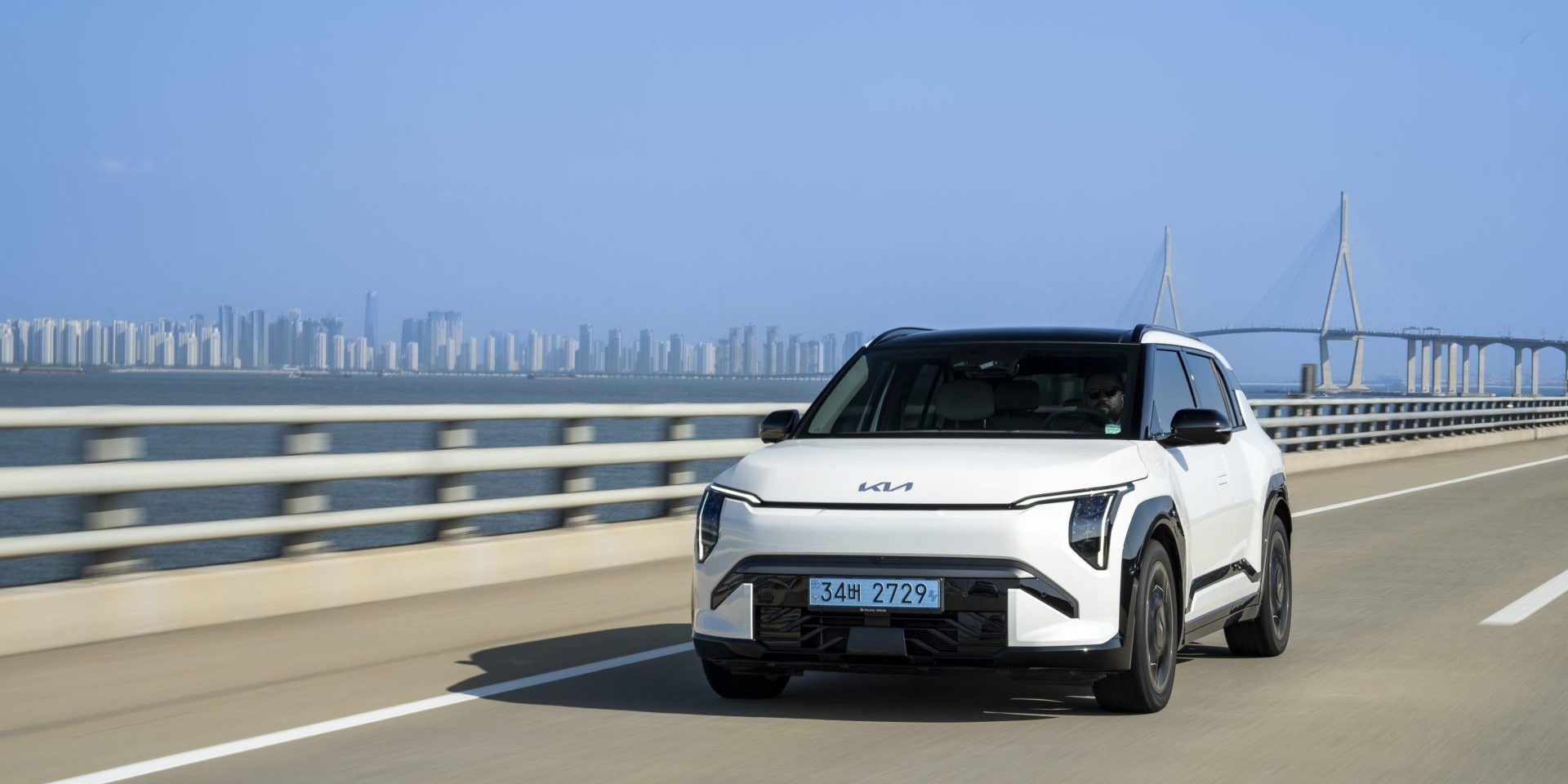
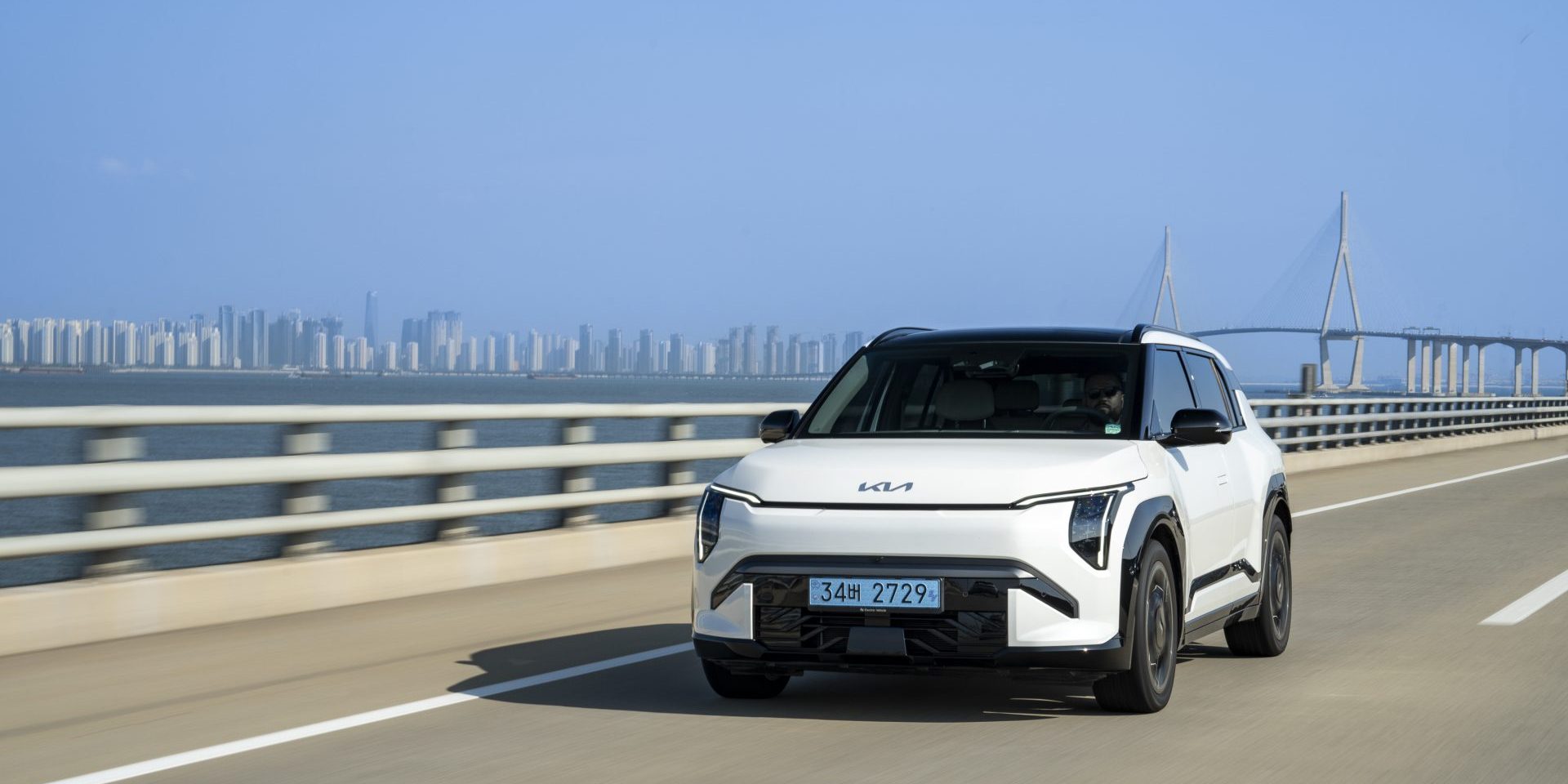
When Kia unveiled the EV3 in May this year, the brand showcased a vehicle that would make effortless and more sustainable mobility accessible. To deliver on that commitment, Kia’s new compact all-electric SUV features industry-leading technology, a WLTP driving range of up to 372 miles1 and fast-charging capability.
The EV3’s game-changing blend of attributes means customers needn’t be concerned with making the transition from an internal combustion engine (ICE) car to an electric vehicle (EV).
Kia’s development team was determined to create an all-electric SUV that would raise the bar for what’s expected of a compact electric model. Achieving this meant drawing up an entirely new set of parameters, such as intelligent regenerative braking and the ability to power or charge external devices, such as camping equipment, enabling customers to enjoy a range of lifestyle and driving features previously unavailable in this segment.
Pioneering world-first technology sits at the heart of the EV3, with Kia’s engineers ensuring these innovations bring genuine benefits to the EV3’s occupants.
i-Pedal innovations
Kia is constantly innovating and has evolved its regenerative braking technology for the EV3 with its upgraded i-Pedal and Smart Regenerative systems. These technologies take the concept of one-pedal driving to the next level to deliver greater enjoyment and efficiency.
The latest i-Pedal technology offers the driver much more flexibility and control by separating the level of regenerative braking from the full stopping control function. Full one-pedal driving can now be used in all regenerative braking modes, while i-Pedal can be used optionally in Reverse and will also remember the previously selected level when the vehicle is turned off. The system can be selected through a simpler process of pulling the left-hand steering wheel paddle for more than one second.
Regenerative braking levels are rated from 0 to 3, with the most substantial Level 3 braking ideal for driving in heavy start-stop traffic, where drivers may need to slow the car quickly. This has also been optimised with a more linear calibration for smoother results.
Level 2 provides slightly less braking force, an ideal setting on a winding road, enabling drivers to really engage with the driving experience by slowing the SUV smoothly for corners without touching the brake pedal. This sustainable approach can extract more driving range from each battery charge.
On a long motorway journey, drivers might prefer Level 1 or even Level 0, which allows the EV3 to glide when lifting off the accelerator. These regenerative braking levels provide more comfort-focused deceleration. i-Pedal on Level 0 allows the EV3 to coast fully, while bringing a similar deceleration rate to Level 1 at lower speeds.
Smart tech for stress-free driving
The Kia EV3 is the first car to feature Hyundai Motor Group’s Smart Regenerative System technology. This intelligent system provides the driver with a digital co-pilot that can scan the road ahead and respond to situations with lightning-fast reactions.
The Smart Regenerative System is engaged by holding the right-hand steering wheel paddle for more than a second and integrates autonomous driving technology with regenerative braking.
When the driver releases the accelerator pedal, the system uses sensors to detect the distance to the vehicle ahead and navigation information to automatically decelerate to a safe speed, if necessary.
While Kia’s previous Smart Regenerative System relied solely on GPS information, this latest version incorporates a wider variety of navigation-based data, unlocking an array of advantages for the driver.
For example, when the EV3 approaches a tight turn or a curve in the road, a speed limit decrease, a speed bump or a roundabout, when the Smart Regenerative System is engaged the car will automatically slow down to an appropriate speed, making for a more relaxed, efficient and safe drive.
Smart Regenerative System can relieve the stress of negotiating a busy, unfamiliar city centre by relieving mental strain on drivers. While Kia’s previous system could automatically slow the vehicle to 6mph, the latest technology can bring the EV3 to a complete stop, providing even greater flexibility.
Reassuring range and advanced aerodynamics
Kia’s engineers believe in developing technology to create a better, more sustainable world. But they also know that some people – especially those new to electric mobility – still worry about driving range. That’s why the development team went to great lengths to ensure that the EV3 is one of the most impressively efficient and confidence-inspiring EVs to drive.
Many factors can affect a vehicle’s all-electric driving range, but the one that figures most prominently in customers’ minds is still the battery. As a result, Kia’s engineers have equipped the EV3 with the largest battery in its class, delivering a best-in-class all-electric range of 372 miles (WLTP standard).
Many hours were spent in the wind tunnel to hone the EV3’s aerodynamic performance, addressing subtle details such as the optimised wheel shape and the enhanced rear combination lamps. There are also new side sill undercovers, along with eight parts covering the underbody, contributing to cleaner underfloor airflow and reduced drag.
Combined with optimised headlight and front bumper cover profiles, wheel gap reducers, an optimised wheel arch design, a shallower roof spoiler angle, aerodynamic strakes on the rear bumper cover and improved front wheel deflectors, the EV3 glides smoothly through the air with a drag coefficient of just 0.26Cd.
The EV3’s body across the rear wheel arches is also narrower than across its front wheel arches, creating a boat-tail shape and greater electric driving range.
On-board efficiency coach
While the EV3 is packed with technology to extract maximum range from every battery charge, how owners drive can make a big difference, too. That’s why Kia has made it easy to achieve this with its ‘Driving Range Guide’ technology.
Located in the instrument cluster, the Driving Range Guide is easy to understand at a glance. It displays the maximum and minimum driving ranges achievable depending on driving style, and an estimated range based on past driving efficiency.
When the EV3 is being driven efficiently, a green gauge on the information cluster fills towards the maximum mark. If the car’s efficiency potential is not being maximised, this gauge turns orange and displays a reduced potential driving range. This real-time display encourages drivers to enjoy a more efficient driving experience.
Efficient driving in all conditions
When developing the EV3, Kia’s designers and engineers never lost sight of their mission to make the compact all-electric SUV more accessible to more people. This meant thinking of all possible use cases and testing the EV3’s ultra-advanced technology in some of the harshest locations imaginable on the planet, such as Arjeplog, situated just outside the Arctic Circle in Sweden.
The EV3 is the first vehicle in the world to deploy a simultaneous heat absorption system, enabling it to recycle waste heat not just from the vehicle, but also outside air to optimise efficiency. The EV’s advanced heat pump technology significantly improves its ability to protect battery performance and charge quickly in cold weather.
Thanks to the introduction of a unique high-thermal-efficiency sheath heater and low-temperature charging software, EV3 owners spend much less time waiting for their vehicle to charge.
The EV3’s battery is also equipped with a liquid cooling system, which is used during charging to optimise battery thermal management and enhance charging speeds. The EV3’s rapid charging time is up to 12 minutes faster than earlier Kia battery configurations, enabling charging from 10-to-80% capacity in 31 minutes (‘Long Range’, under 350kW fast charging condition)2.
Thanks to the world’s first super-compact THIN HVAC (heating, ventilation and air-conditioning) system, the EV3 delivers consistent cabin conditions in all conditions, maximising comfort. The cleverly packaged system gives front-seat passengers an extra 6cm of room in the footwell when compared with a conventional HVAC system, thanks to the 33% reduction in the unit’s height.
Accessible advanced technology
The EV3’s spacious interior provides a living space-like environment for occupants to enjoy when travelling, or relaxing when the vehicle is stationary. Cutting-edge connectivity features enable them to engage with the digital world in more immersive ways than ever before.
Kia is the first manufacturer to bring Vehicle-to-Load (V2L) charging to the compact EV SUV segment. This feature enables the car to power external devices and allows customers to maximise the EV3’s accessibility.
Even while ‘off-grid’ from electric infrastructure, owners can use the EV3 to charge and power appliances such as a laptop, a coffee machine, a small fridge or even a movie projector. This is yet another example of how the innovative technology developed by Kia’s engineers for the EV3 can enhance customers’ experiences on every journey.
Kia plans to introduce an all-wheel drive (AWD) variant as well as a GT model, expanding the range of choice for customers beyond the current two-wheel drive (2WD) models3.

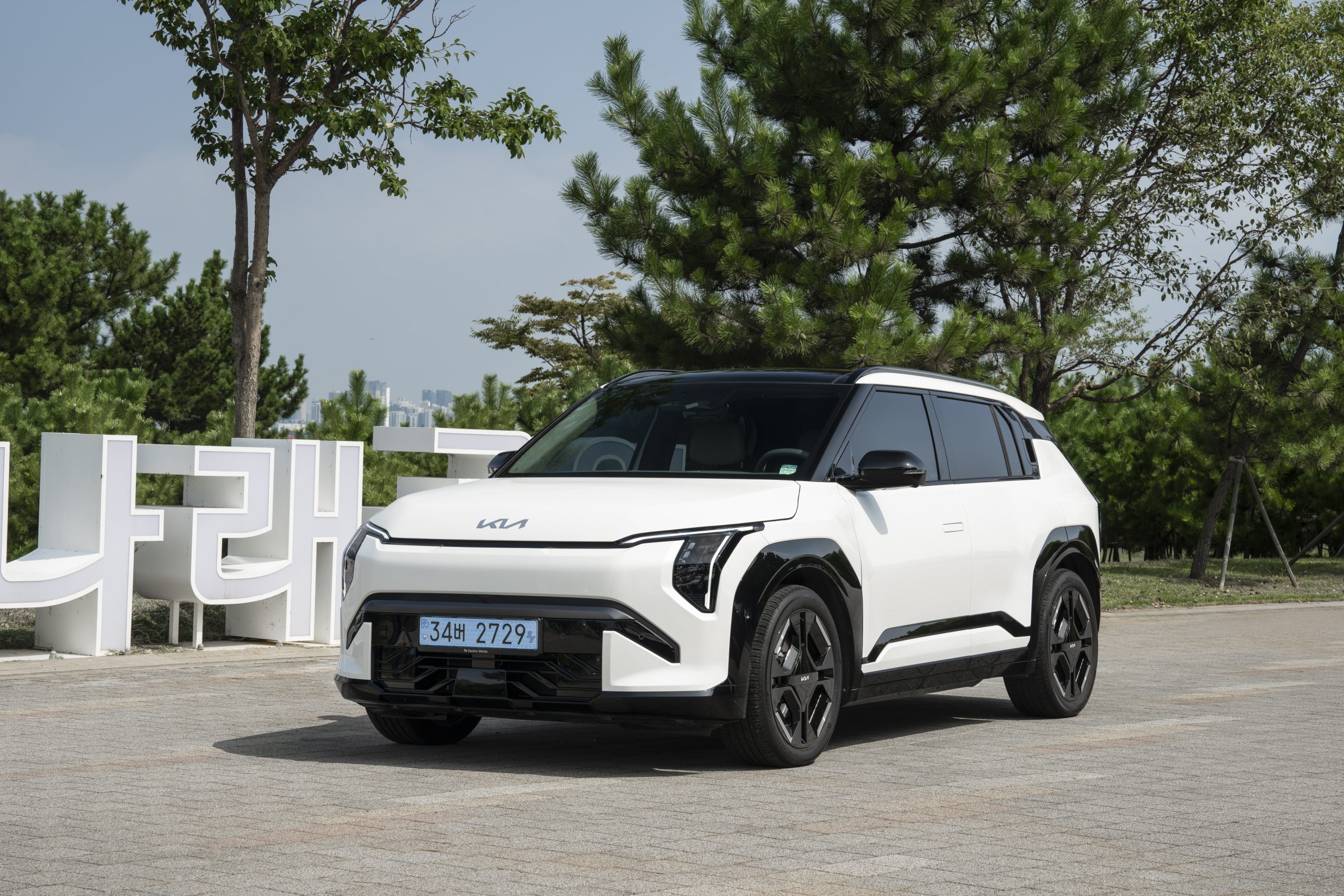
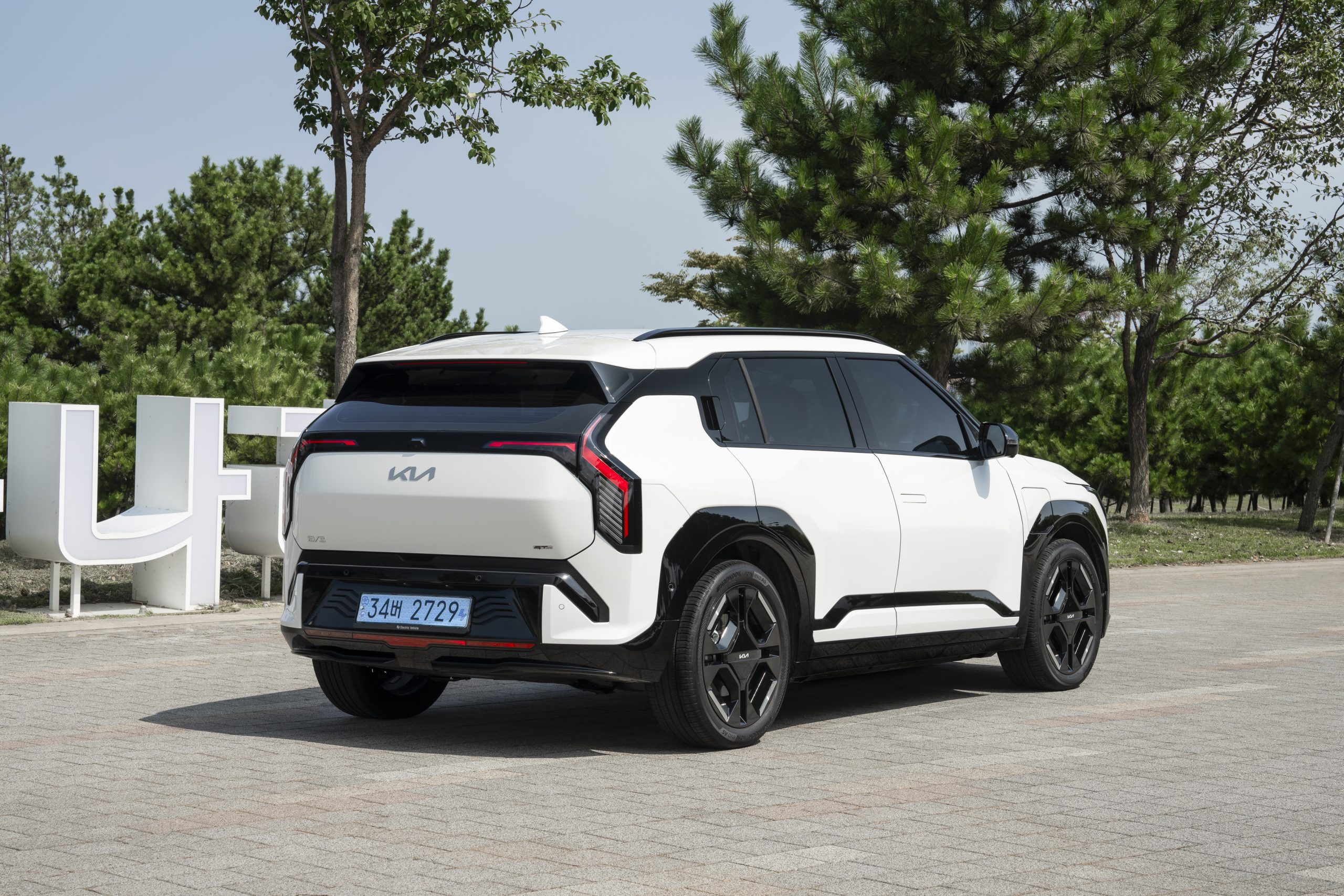
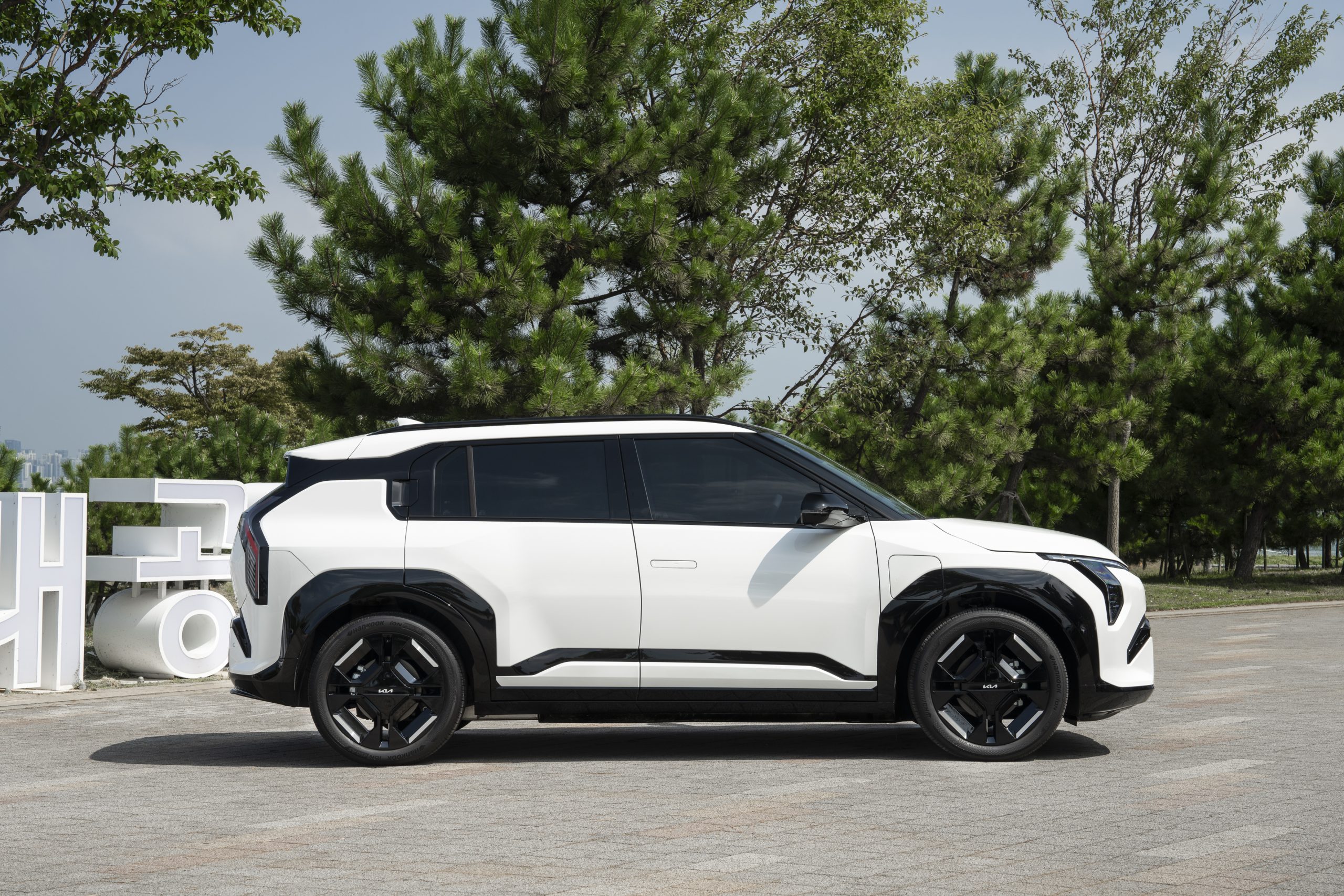
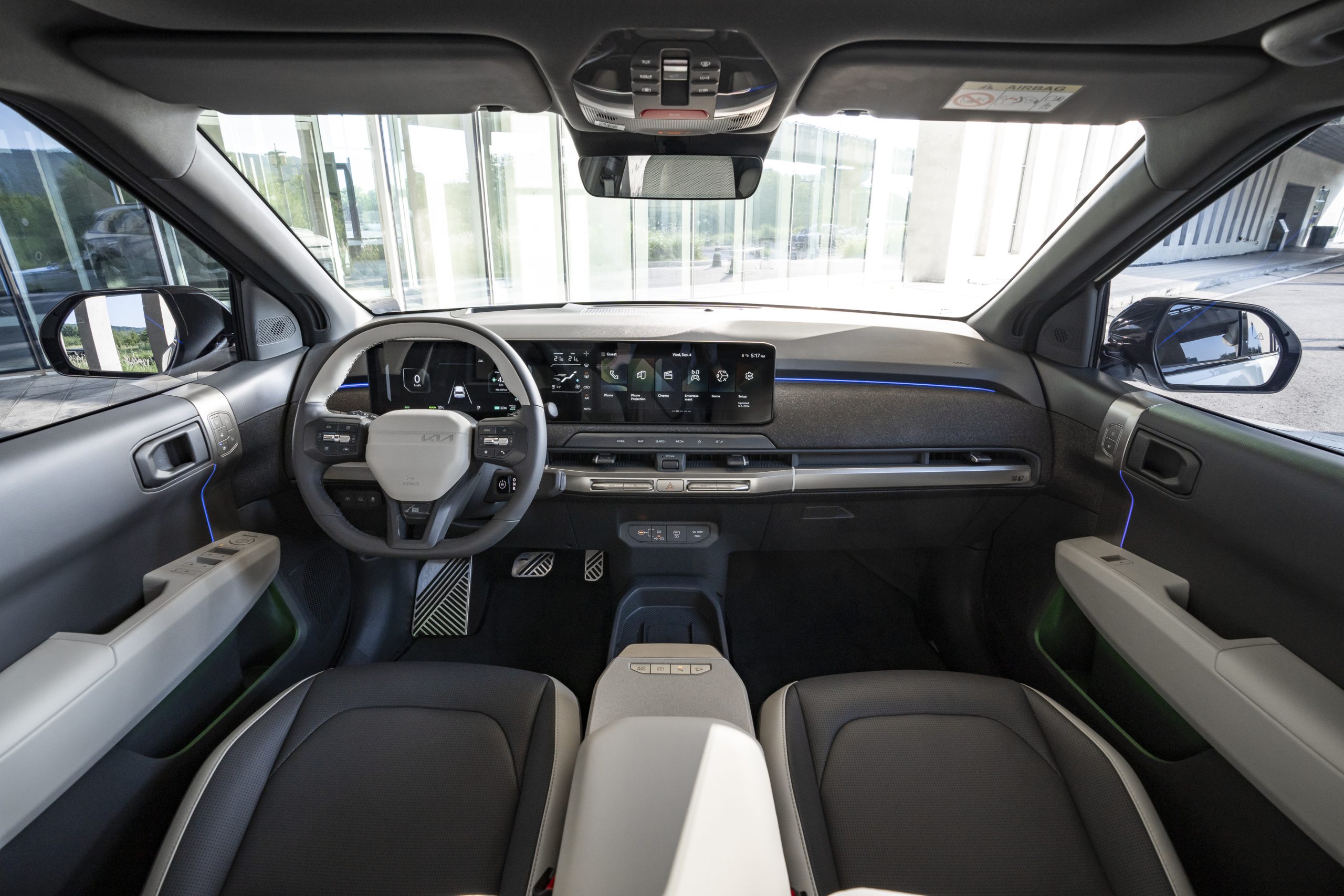

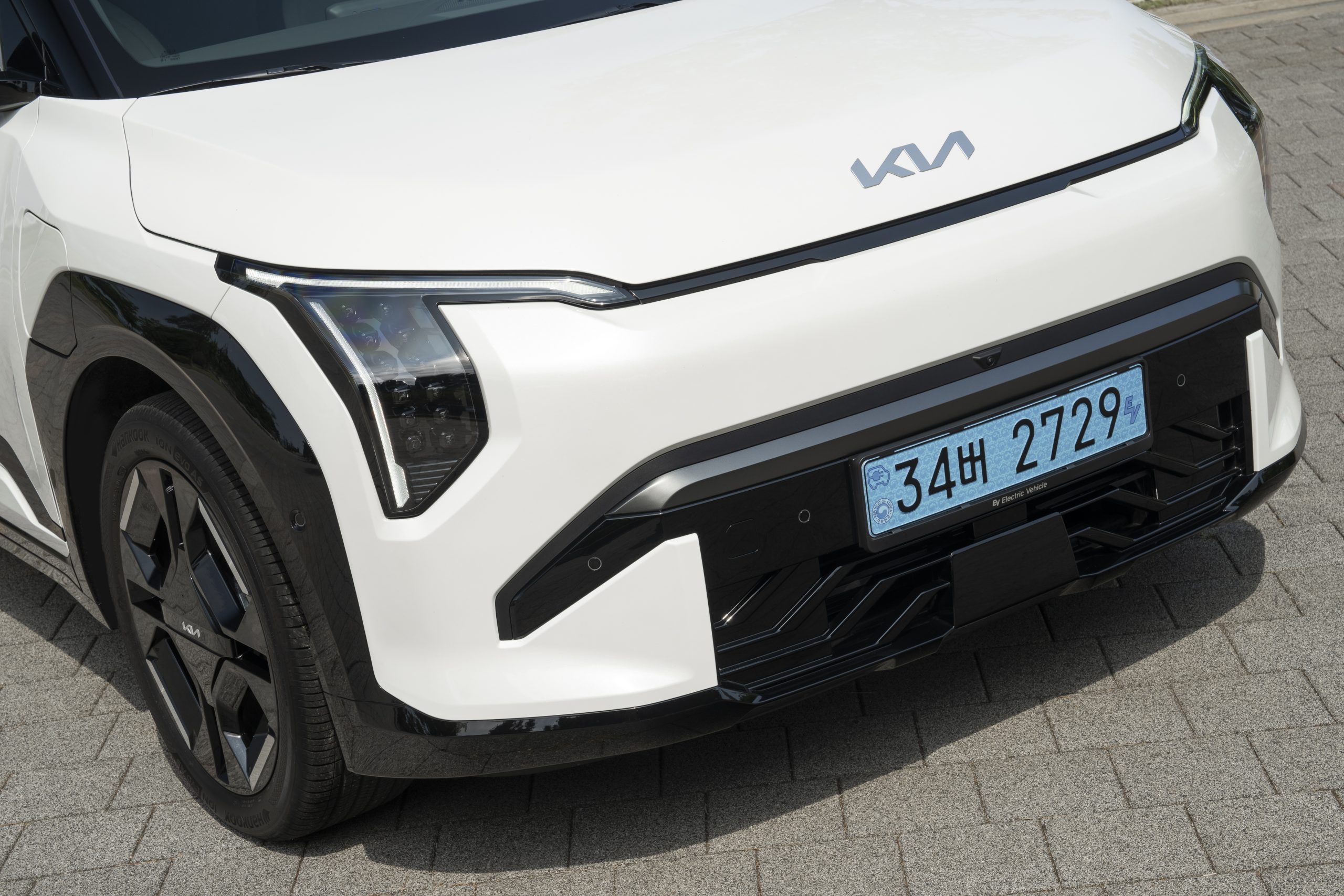
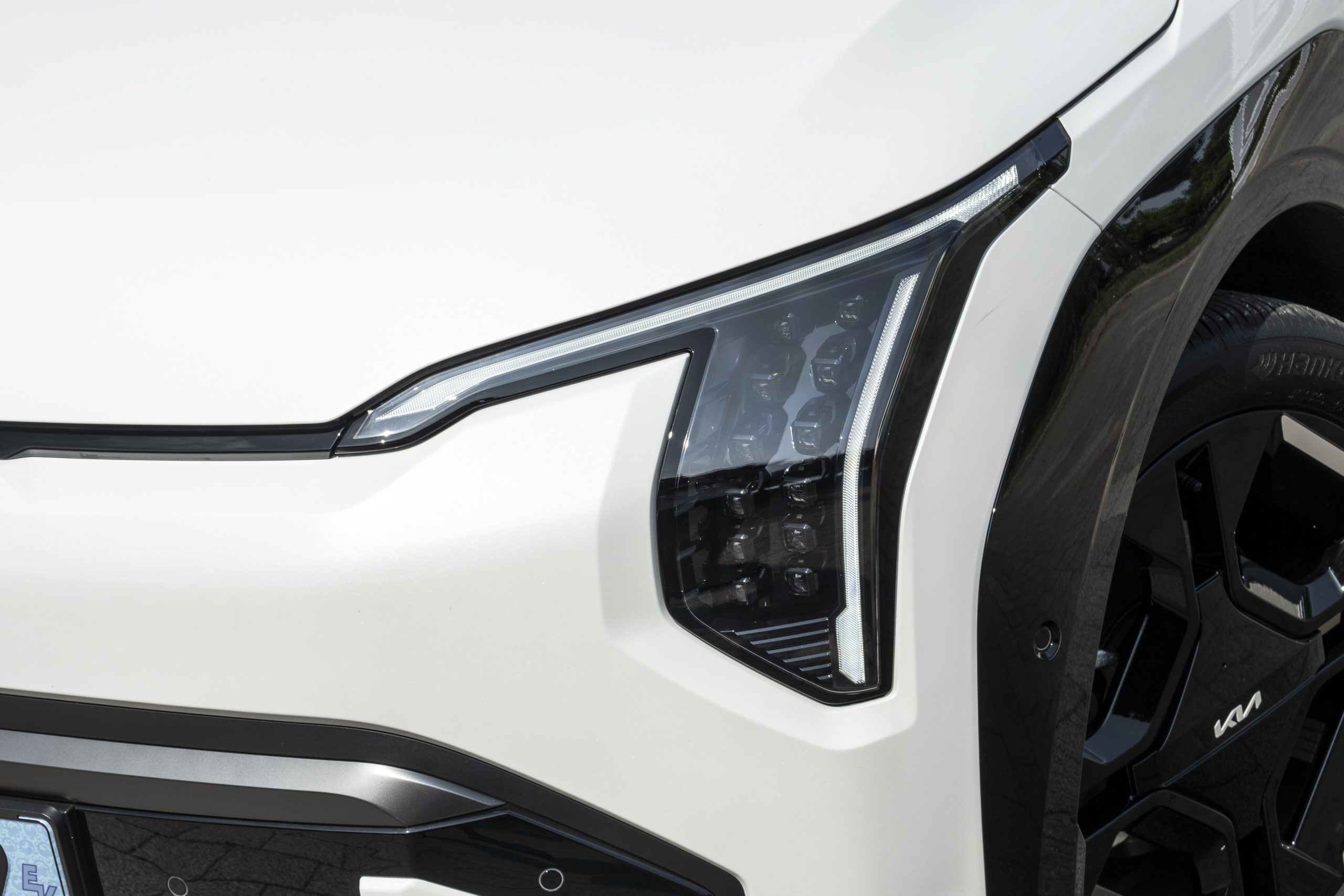
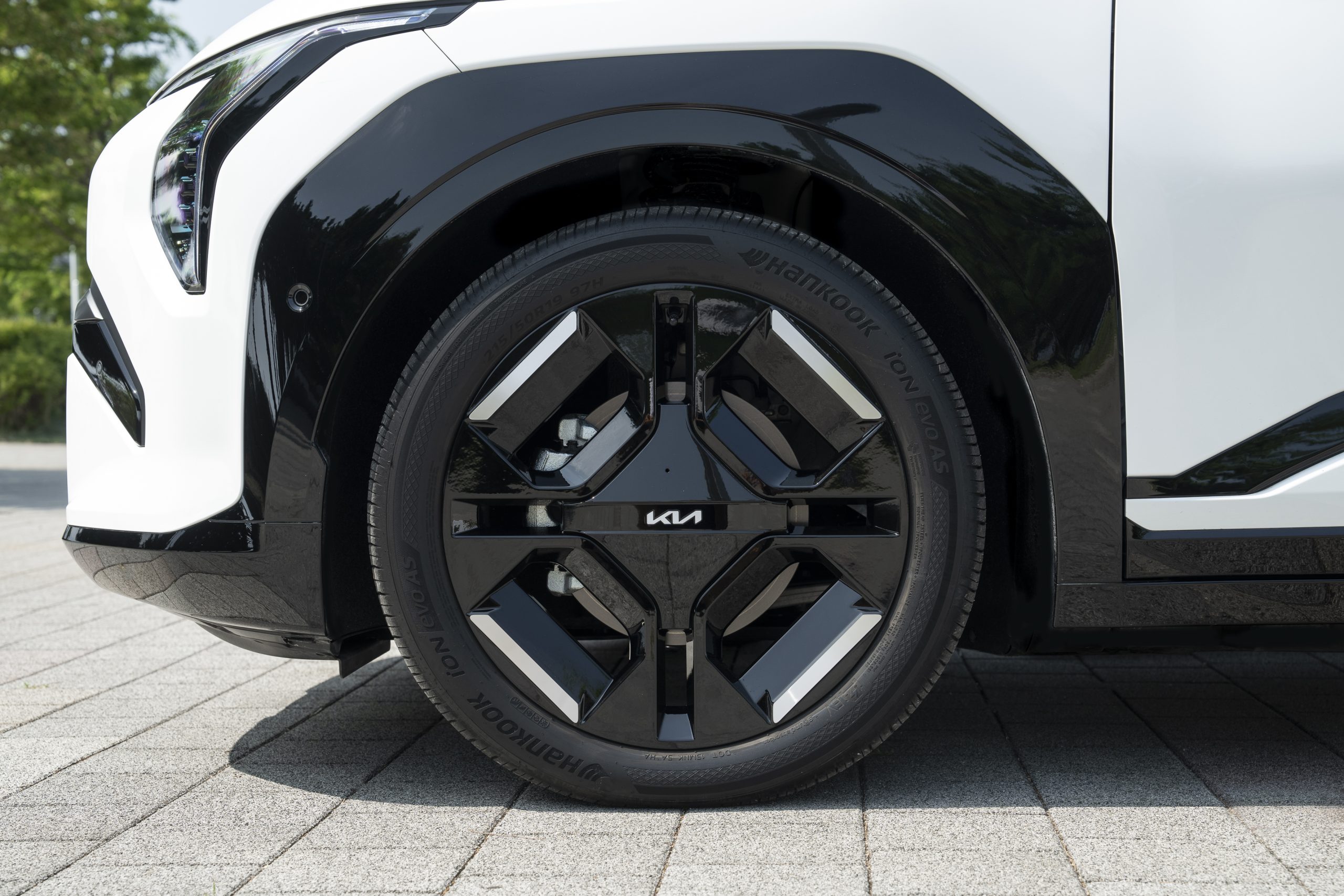
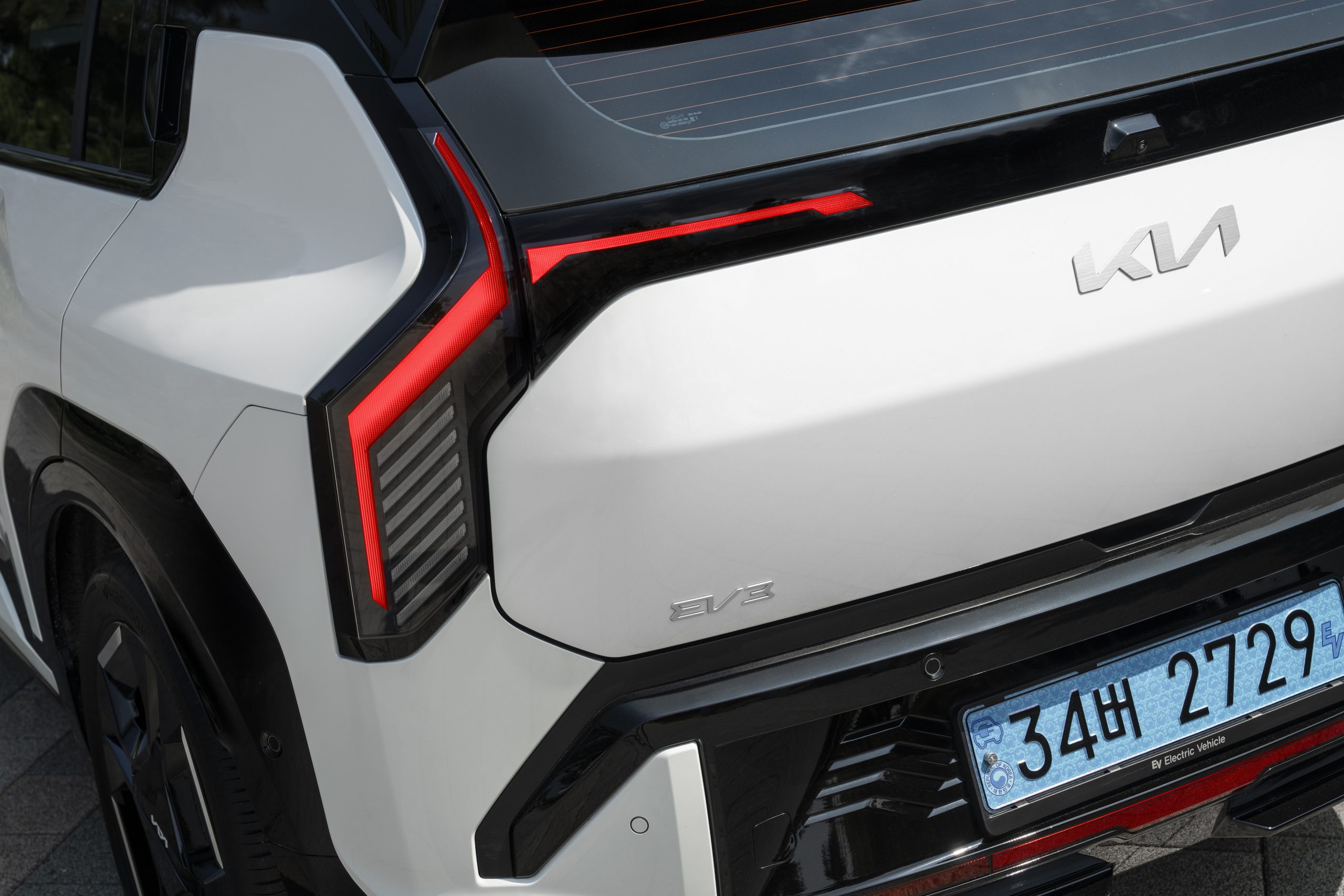
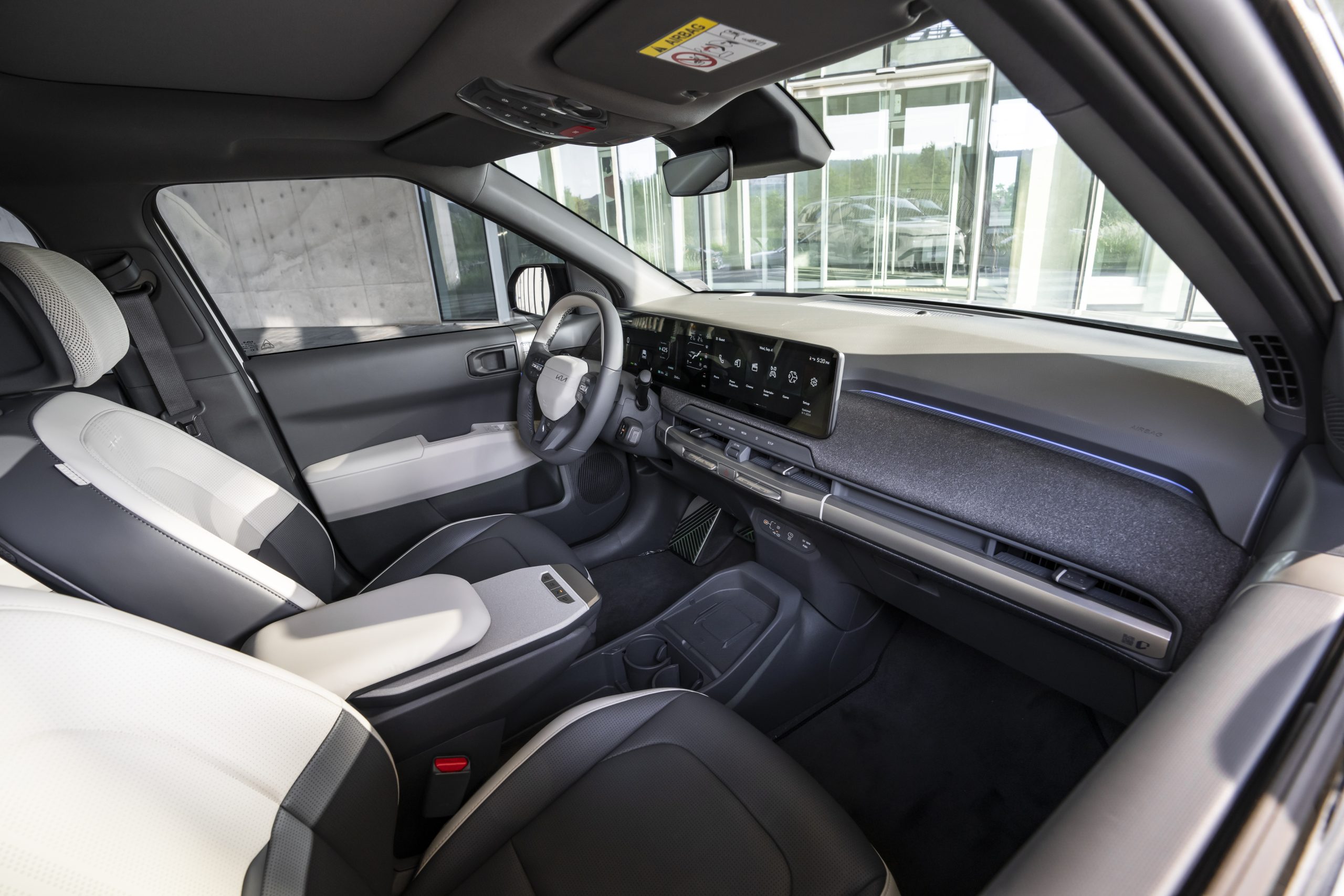
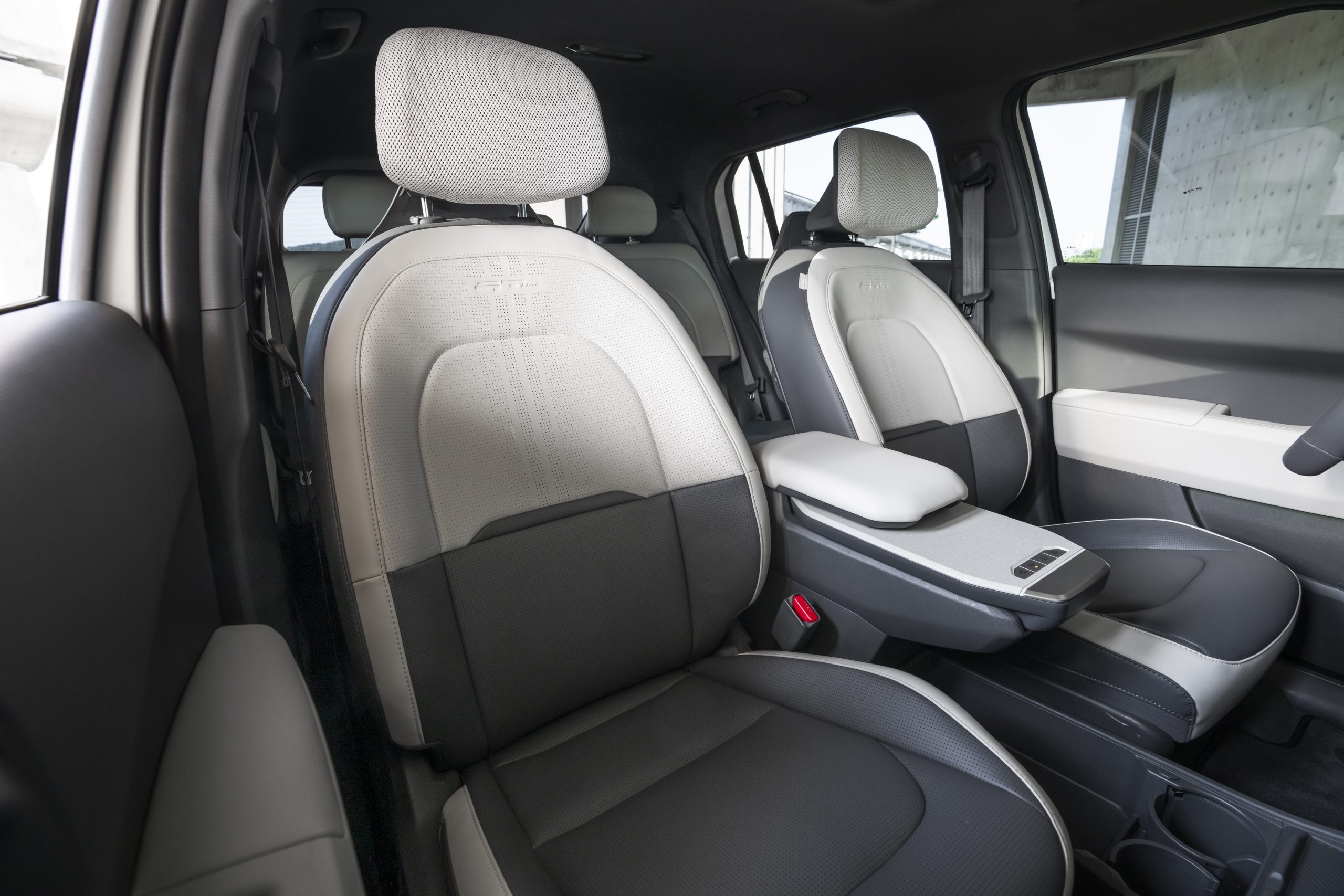

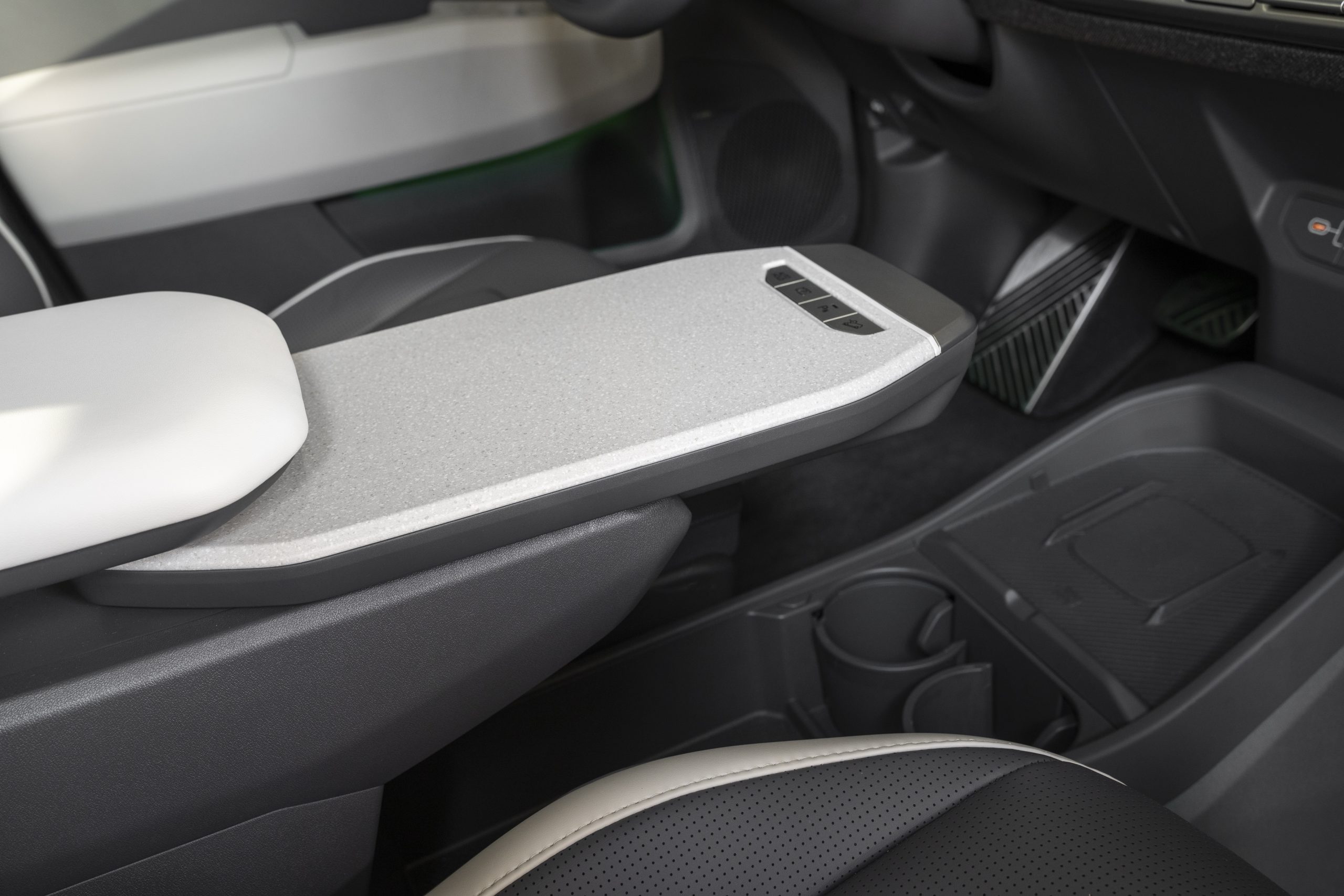

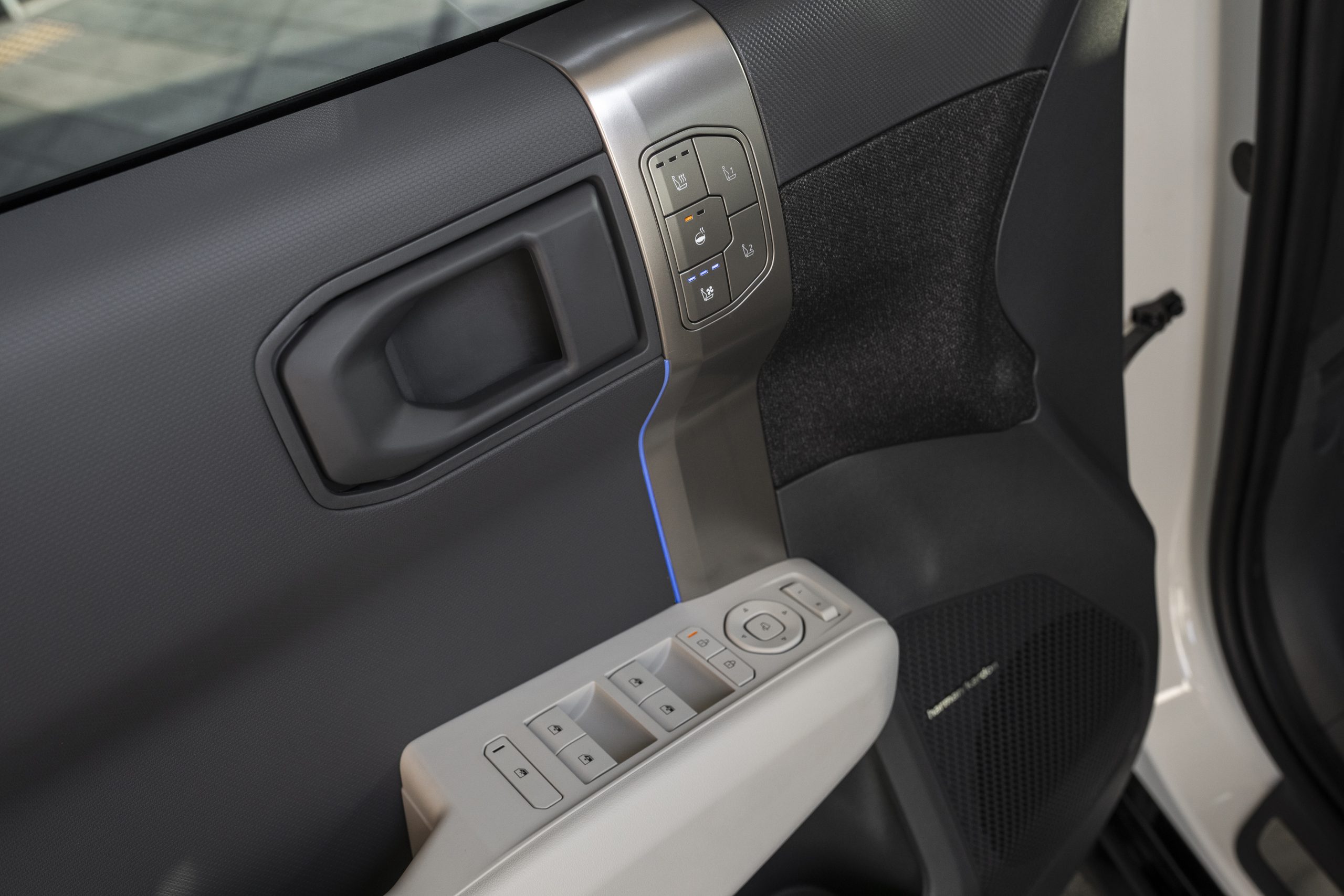

Notes
1 All range figures are determined according to the standardised EU measurement procedure (WLTP), currently awaiting final homologation. Individual driving style and other factors, such as speed, outside temperature, topography and the use of electricity-consuming devices/units, have an influence on the real-life range and can possibly reduce it.
2 In order to achieve the maximum charging speed, EV3 must use a 400-volt electric vehicle charger that delivers at least 150kW of electricity. Actual charging speed and charging time may be influenced by the battery temperature and weather conditions.
3 Future UK line-up and availability of AWD variant to be confirmed in due course


